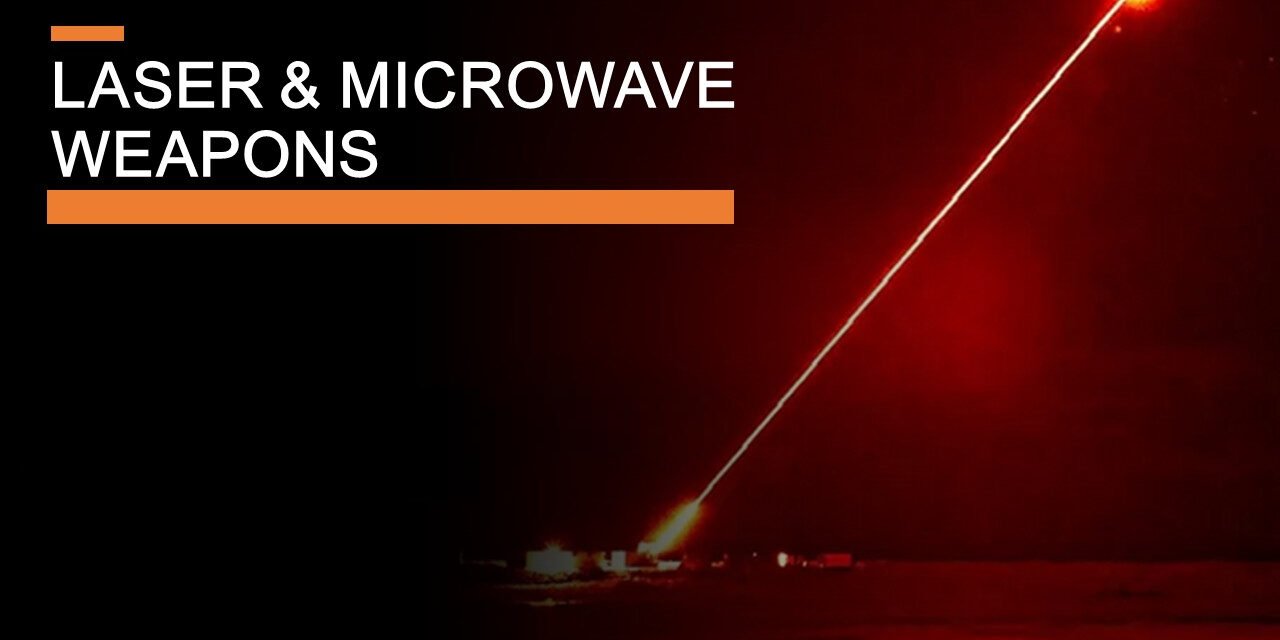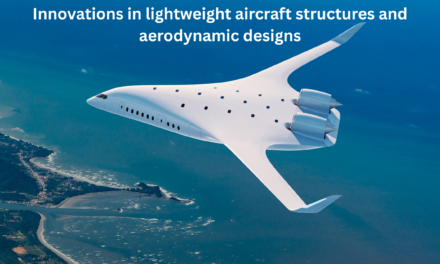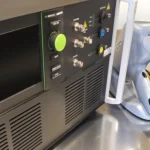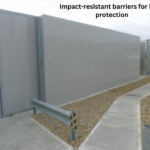Directed Energy Weapons (DEWs), such as high-energy lasers (HELs), are becoming increasingly significant in missile defense due to their unique capabilities. These weapons use concentrated beams of electromagnetic energy to neutralize threats, offering advantages like speed of engagement, precision, and cost-effectiveness. Here’s how they contribute to missile defense:
1. Key Features of Directed Energy Weapons in Missile Defense
A. Speed of Engagement
- Instantaneous Impact:
- DEWs travel at the speed of light (~300,000 km/s), allowing them to engage threats almost instantaneously once detected.
- Crucial for countering high-speed threats like ballistic and hypersonic missiles.
B. High Precision
- Pinpoint Accuracy:
- Lasers can focus on specific parts of a target, such as guidance systems, control surfaces, or fuel tanks, to disable it with minimal collateral damage.
- Adaptive Targeting:
- Capable of adjusting aim in real time to track maneuverable targets.
C. Infinite Ammunition (Power Dependent)
- Sustained Operations:
- As long as sufficient power is available, DEWs can engage multiple threats without the need for physical ammunition.
D. Cost Efficiency
- Low Cost per Engagement:
- Unlike interceptor missiles that cost millions per unit, a DEW engagement costs only a few dollars in energy.
- Ideal for countering saturation attacks involving multiple, low-cost threats like drones or rockets.
2. How Directed Energy Weapons Work in Missile Defense
A. Components of a Laser Weapon System
- Laser Source:
- Generates a high-energy beam (e.g., solid-state, fiber, or chemical lasers).
- Beam Director:
- Directs the laser beam toward the target with high precision.
- Tracking and Targeting System:
- Uses radar, infrared sensors, and AI to detect and track threats in real time.
- Cooling System:
- Prevents overheating during sustained use.
B. Mechanism of Action
- Target Detection:
- Sensors identify and track an incoming missile.
- Laser Activation:
- The laser system focuses a concentrated beam of energy onto the target.
- Neutralization:
- The laser heats and weakens critical components, such as the missile’s guidance system, fuel tank, or structural integrity, leading to its destruction or failure.
3. Applications of DEWs in Missile Defense
A. Boost Phase Interception
- Advantages:
- Targets missiles during their most vulnerable phase, while their engines are active and before they deploy decoys or warheads.
- The large infrared signature of the missile’s exhaust makes detection easier.
- Challenges:
- Requires positioning close to potential launch sites for quick engagement.
- Example:
- Airborne laser systems like the U.S. Airborne Laser Testbed.
B. Terminal Phase Defense
- Advantages:
- Provides a last line of defense by engaging missiles as they re-enter the atmosphere and approach the target.
- Challenges:
- High-speed and rapid descent require precise tracking and targeting.
C. Countering Hypersonic Missiles
- Advantages:
- The high speed and maneuverability of hypersonic missiles make traditional interceptors less effective. DEWs can engage them in real time.
- Challenges:
- Hypersonic missiles generate plasma that can scatter laser beams, requiring adaptive optics to maintain effectiveness.
D. Countering Saturation Attacks
- Advantages:
- DEWs can engage multiple threats (e.g., drones, rockets, or swarms of missiles) in quick succession without reloading.
- Example:
- Israel’s Iron Beam system is designed to complement the Iron Dome by neutralizing low-cost threats efficiently.
4. Advantages of Directed Energy Weapons in Missile Defense
- Reduced Logistics:
- No need for large stockpiles of physical interceptors or ammunition.
- Scalability:
- Power output can be adjusted based on the target’s size and threat level.
- Low Collateral Damage:
- Minimal impact on surrounding areas compared to explosive-based systems.
- Silent and Covert:
- DEWs operate silently and without visible trails, making them less detectable by adversaries.
5. Challenges in Implementing DEWs
A. Power Requirements
- High-energy lasers need significant power, limiting their deployment to platforms with robust power generation capabilities (e.g., ships, large vehicles, or fixed installations).
- Ongoing advancements in compact power systems are addressing this limitation.
B. Atmospheric Interference
- Weather Effects:
- Clouds, rain, dust, and fog can absorb or scatter laser beams, reducing their effectiveness.
- Solutions:
- Adaptive optics and higher-frequency lasers are being developed to mitigate atmospheric effects.
C. Heat Management
- Sustained use generates significant heat, requiring advanced cooling systems to prevent damage to the weapon.
- Example: Fiber lasers have superior heat dissipation compared to chemical lasers.
D. Countermeasures
- Adversaries may develop reflective coatings or other technologies to deflect or absorb laser energy.
6. Examples of Directed Energy Systems for Missile Defense
- U.S. High-Energy Laser Weapon Systems (HELWS)
- Ground- and vehicle-based laser systems designed for missile and drone defense.
- Iron Beam (Israel)
- Focused on neutralizing short-range threats like rockets, artillery, and UAVs.
- AN/SEQ-3 Laser Weapon System (LaWS)
- Deployed on U.S. Navy ships for counter-drone and small-boat threats, with potential for missile defense.
- HELIOS (High Energy Laser with Integrated Optical-dazzler and Surveillance)
- Navy’s ship-based laser system designed for missile and UAV defense.
- Silent Hunter (China)
- A mobile laser system reportedly capable of disabling drones and low-altitude threats.
7. Future Trends in DEWs for Missile Defense
A. Compact and Mobile Systems
- Development of smaller, portable laser systems for deployment on a wider range of platforms, including drones and small vehicles.
B. Space-Based Directed Energy
- Space-based DEWs could provide global coverage and the ability to intercept missiles during their boost phase.
- Example: Concepts for space-based lasers under the Strategic Defense Initiative (SDI) and newer research initiatives.
C. AI Integration
- AI-enabled targeting systems to enhance real-time tracking, adaptive optics, and engagement decisions.
D. Enhanced Beam Control
- Advanced optics and beam-forming techniques to counter atmospheric interference and maintain precision over long distances.
Conclusion
Directed energy weapons, such as lasers, are transforming missile defense capabilities with their speed, precision, and cost-effectiveness. Although challenges like power requirements and atmospheric interference remain, ongoing advancements in technology are overcoming these hurdles. DEWs are expected to play an increasingly critical role in future missile defense systems, particularly against high-speed and low-cost threats like hypersonic missiles and drone swarms. Their integration into multi-layered defense architectures ensures a robust and adaptive response to emerging challenges in modern warfare.
Hashtags
#DirectedEnergyWeapons #DEWTechnology #LaserWeapons #HighEnergyWeapons #AdvancedMissileDefense #MissileDefenseApplications #MissileDefenseTech #LaserMissileDefense #PrecisionInterception #AntiMissileLasers #DEWForDefense #TechnologicalAdvancements #NextGenDefenseTech #HighEnergyLaserTech #SmartDefenseSystems #DEWInnovation #AdvancedLaserSystems #EfficiencyAndSpeed #SpeedOfLightDefense #InstantaneousInterception #EfficientMissileDefense













